coded bias | documentary
getting into jail, not getting acces to health care because of false face recognition. joy buolamwini made the discovery that facial recognition does not see dark-skinned faces and women accurately, with huge consequences for the implementation of this technology. in the documentary coded bias, filmmaker shalini kantaya follows buolamwini in addressing this issue.
:) :) :) :) :) :) :) :) :) :) :) :) :) :) :) :) :) :) :) :) :) :) :) :) :) :) :) :) :) :) :) :) :) :) :) :) :) :) :) :) :) :) :) :) :) :) :) :) :) :) :) :) :) :) :) :) :) :) :) :) :) :) :) :) :) :) :) :) :) :) :) :)
biometric mirror | installation
an artificial intelligence application in perspective of facial perfection. analyses faces and compares the foto of the face to other people's faces from the database. it captures demographic data but also psycometric data such as degree of attractiveness, responsibility and stability. the database is accurate but the information that it feeds back is subjective and therefore not accurate.
turkey
google, simon weckert | project
a google maps hack project.
" 99 second hand smartphones are transported in a handcart to generate virtual traffic jam in google maps. through this activity, it is possible to turn a green street red which has an impact in the physical world by navigating cars on another route to avoid being stuck in traffic. "
:)
+ plan
article | deepfakes
→ click on photo for link to article.
Faces generated on a website — aptly titled thispersondoesnotexist — by artificial intelligence. If you reload the page, she'll be replaced by another face that's equally compelling but just as unreal. launched earlier this month by software engineer phillip wang as a personal project, the site makes use of a recently-released
article | deepfakes video's
→ click on photo for link to article.
Advances in artificial intelligence could soon make creating convincing fake audio and video – known as “deepfakes” – relatively easy. Making a person appear to say or do something they did not has the potential to take the war of disinformation to a whole new level. Scroll down for more on deepfakes and what the US government is doing to combat them.
article | hacking
→ click on photo for link to article.
a novel approach to attack the facial recognition system. a sticker placed on the hat significantly reduces the similarity to the ground truth class. Similarity to the ground truth decreases in numbers. the idea behind adversarial attacks is to slightly change the input to an image classifier so the recognized class will shift from correct to some other class.
instruction video | adversarial patch
→ research: the idea behind adversarial attacks is to slightly change the input to an image classifier so the recognized class will shift from correct to some other class.
instruction video | adversarial patch
→ research: the idea behind adversarial attacks is to slightly change the input to an image classifier so the recognized class will shift from correct to some other class.
instruction video | adversarial patch
→ research: the idea behind adversarial attacks is to slightly change the input to an image classifier so the recognized class will shift from correct to some other class.
instruction video | stylegan2
→ research: in this video a deeper and detailed intro to StyleGan2 which I have used during the elective data & nugguts. the results of the elective can be found on the right side of this page.
artistic research → data & design
information research → data & design
exactitudes, ari versluis | project
Over twenty five years of investigation into social typology, systematically documented as classified portraits-of-twelve, uniform, in stance, under (yet above) one caption. Exactitudes provides a somewhat ration, anthropological record of societal attempts to distinguish oneself from others by assuming a group identity through manners of striking dress code, etiquette and social sensation.
ahead, anouk kruithof | project
kruithof began this project by questioning how to create an anonymous portrait, where the subject’s identity remains private. by capturing the back of the head, one cannot recognize gender, nationality, age, facial expressions or emotion. removing all of these features, which are so often included in indexes within the tradition of portrait photography, unifies all of the portraits. it is important to kruithof that facial recognition systems are unable to identify or verify a person’s identity from these photos.
thispersondoesnotexist | project
a face generated on a website — aptly titled thispersondoesnotexist — by artificial intelligence. If you reload the page, she'll be replaced by another face that's equally compelling but just as unreal.Thispersondoesnotexist is one of several websites that have popped up in recent weeks using StyleGAN to churn out images of people, cats, anime characters and vacation homes that look increasingly close to reality, and in some cases are indiscernible by the average viewer. These sites show how easy it's becoming for people to create fake images that look plausibly real — for better or worse.
information research → data & design
deep learning | instructions
→ click on image for more information
let the computer generate images like the thispersondoesnotexist website. with the coding instructions I will be able to code images into deepfakes. You can test and see how your images will be augmented before it pass into a neural network (if you use augmentation).
elective → data & nuggets
→ collected 600 images
since the arrival of instagram, influencers and barbie dolls young girls have been influenced. the 'perfect' image has been created by social media regarding body type and behavior. how you should look, dress and behave to achieve 'perfection' to fit in and look ‘beautiful’. barbie dolls have a skinny waist, long legs and used to be blond and white. more realistic and various skin colors have been added over the years but the perfect image of skinny has remained since.
over the years an important change has occurred. female artist, especially rappers, have finally given proper credit. the body image changed by the arrival of beautiful more realistic women.
unfortunately this changed over the years as well, the body image is set to an unrealistic expectation of how a female body should look like. A tiny waist, but with a big round ass and cup E+. plastic surgery became trending since the arrival of instagram and everybody looks the same with the same small nose and big lips, tiny waits and big booty. Some people seem to forget that artist have a whole team around them making them look ‘perfect’ 24/7.
For this project I collected 600 images of barbie, 'regular' human and famous artists such as nicki minaj or beyonce.
I chose for the famous artists because the similarities with barbie are big but also very small because of makeup, photoshoots, set design, styling or plastic surgery.
the goal was to confuse the system and make it wonder if barbie was a human or a real life artist.
from the 600 images algorithms get structured into layers to artificial neural network made by machine learning.
it took the machine 2 days to generate into the video’s.
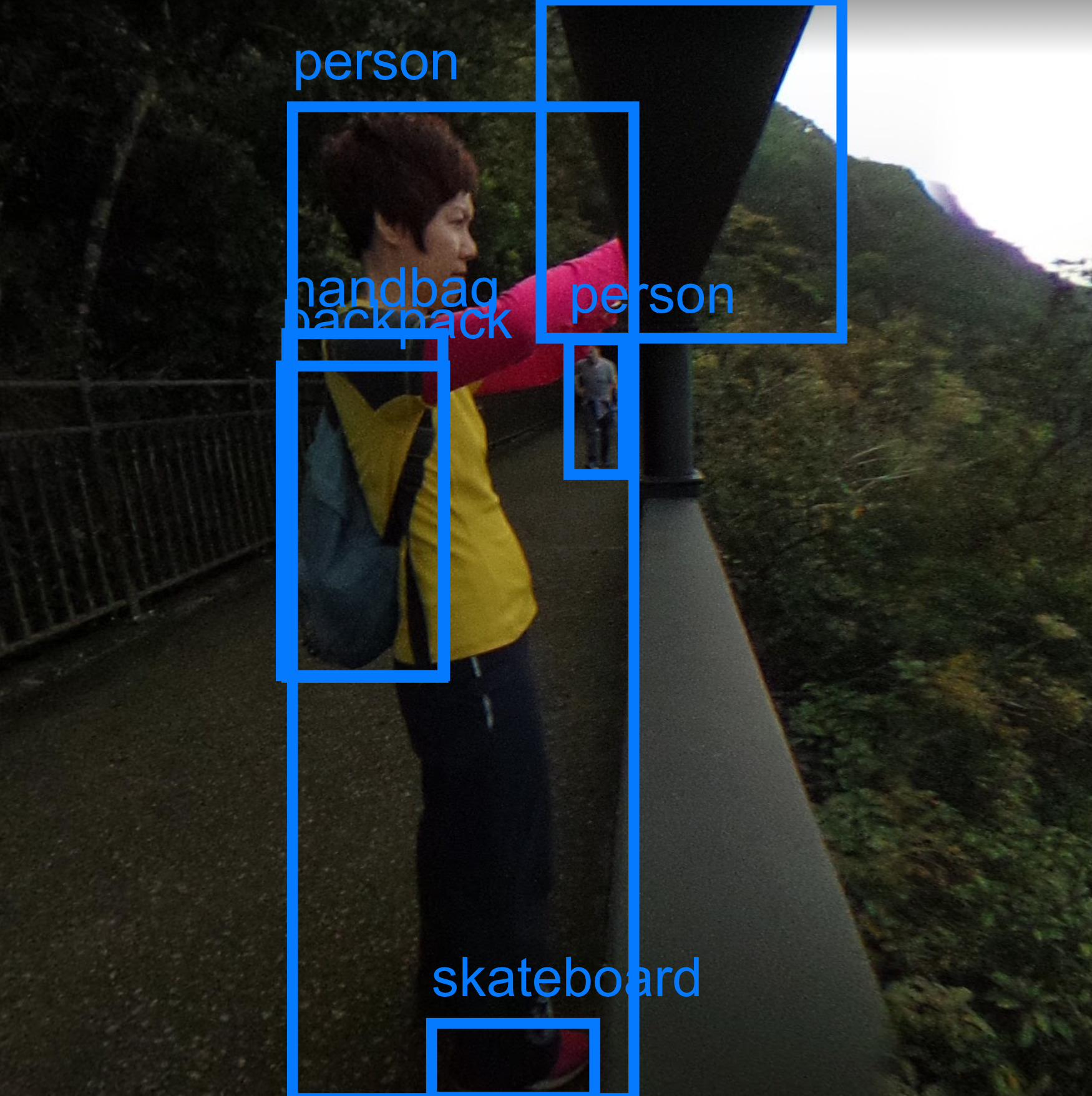
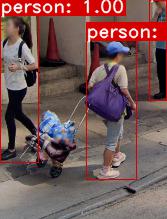
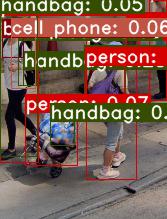
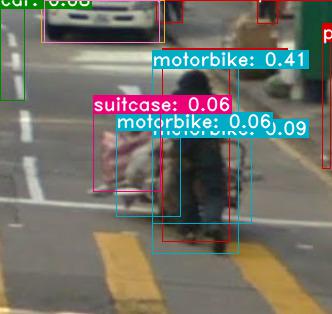
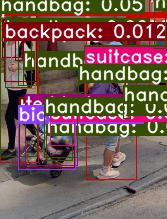
deep learning | instructions
→ click on image for more information
let the computer generate images like the thispersondoesnotexist website. with the coding instructions I will be able to code images into deepfakes. You can test and see how your images will be augmented before it pass into a neural network (if you use augmentation).
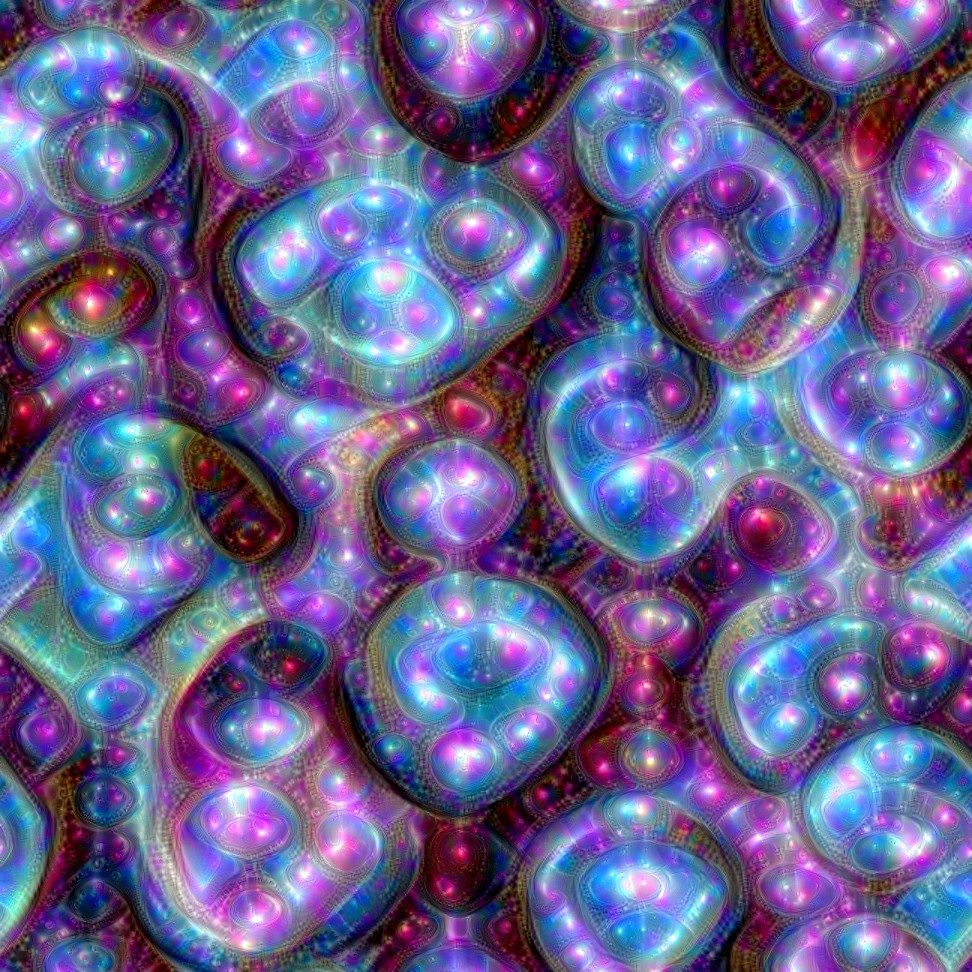
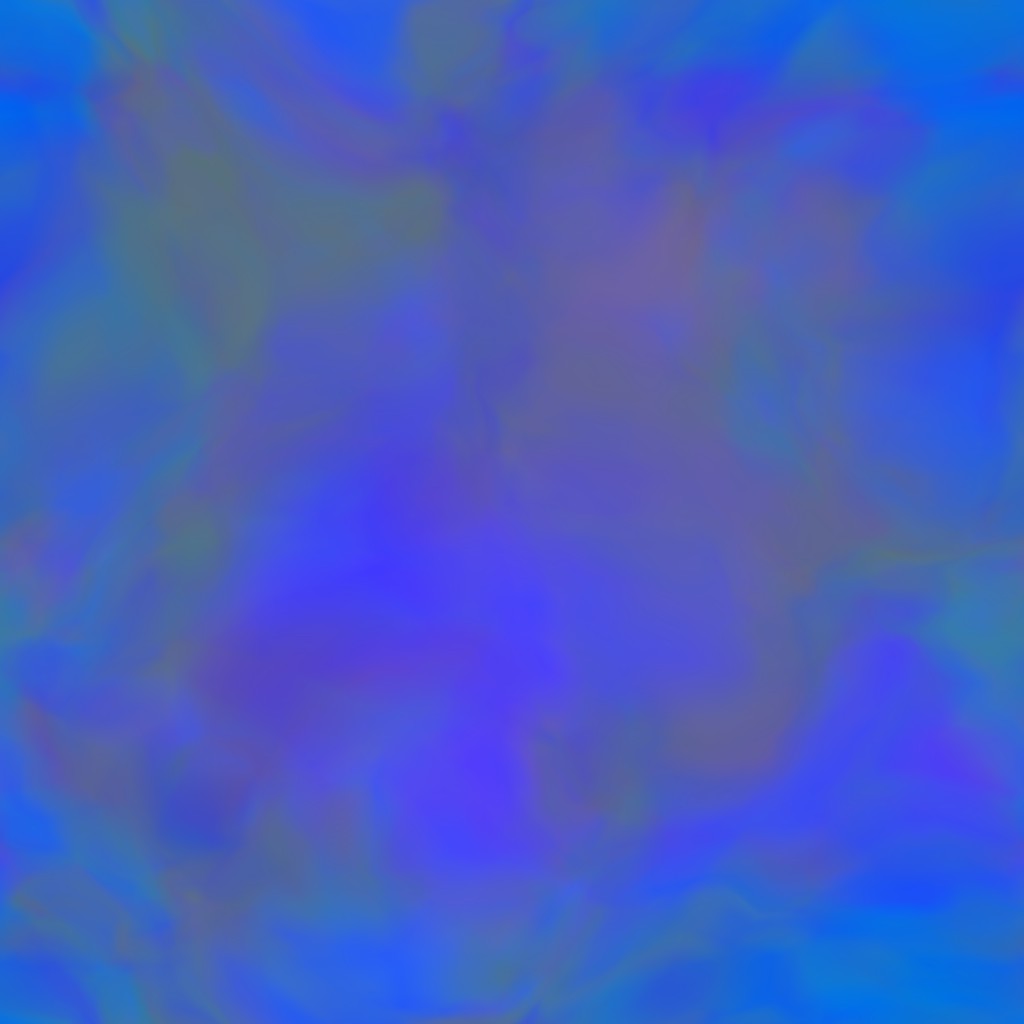
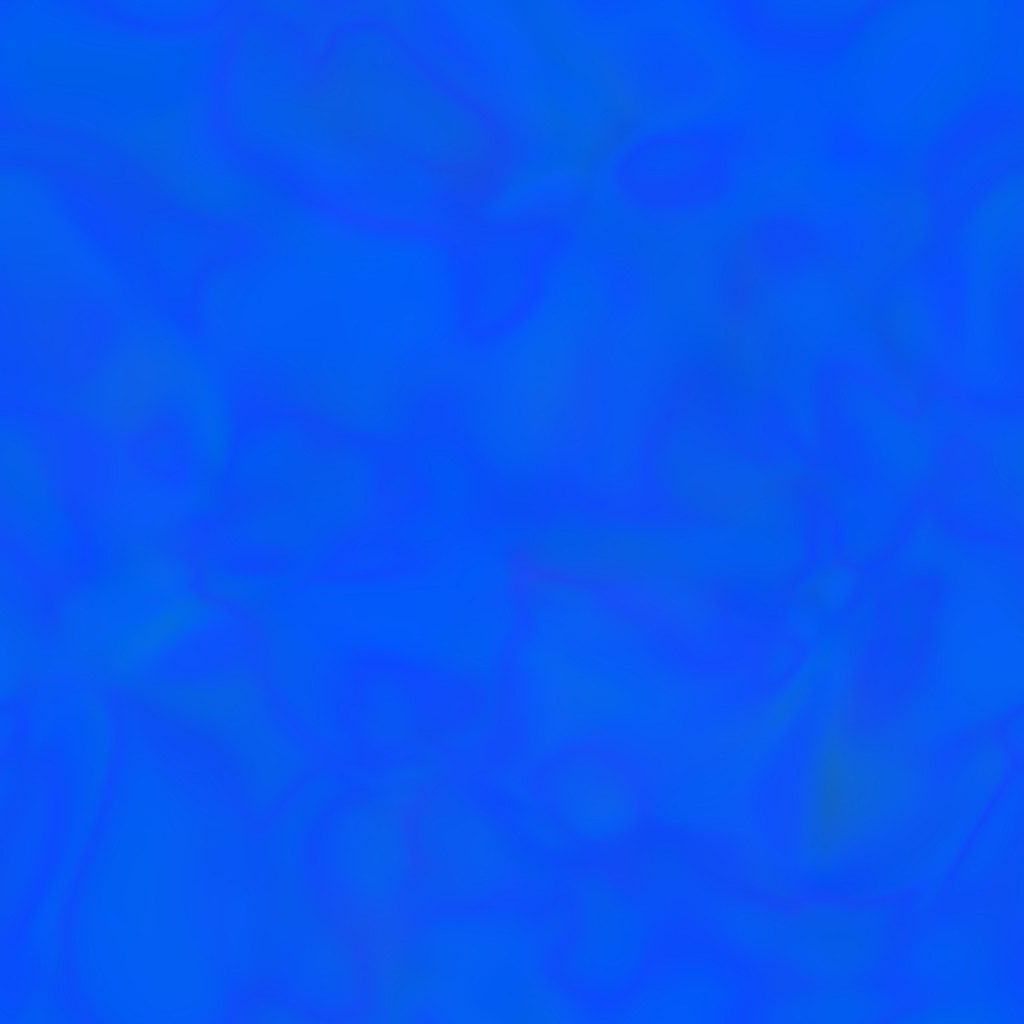
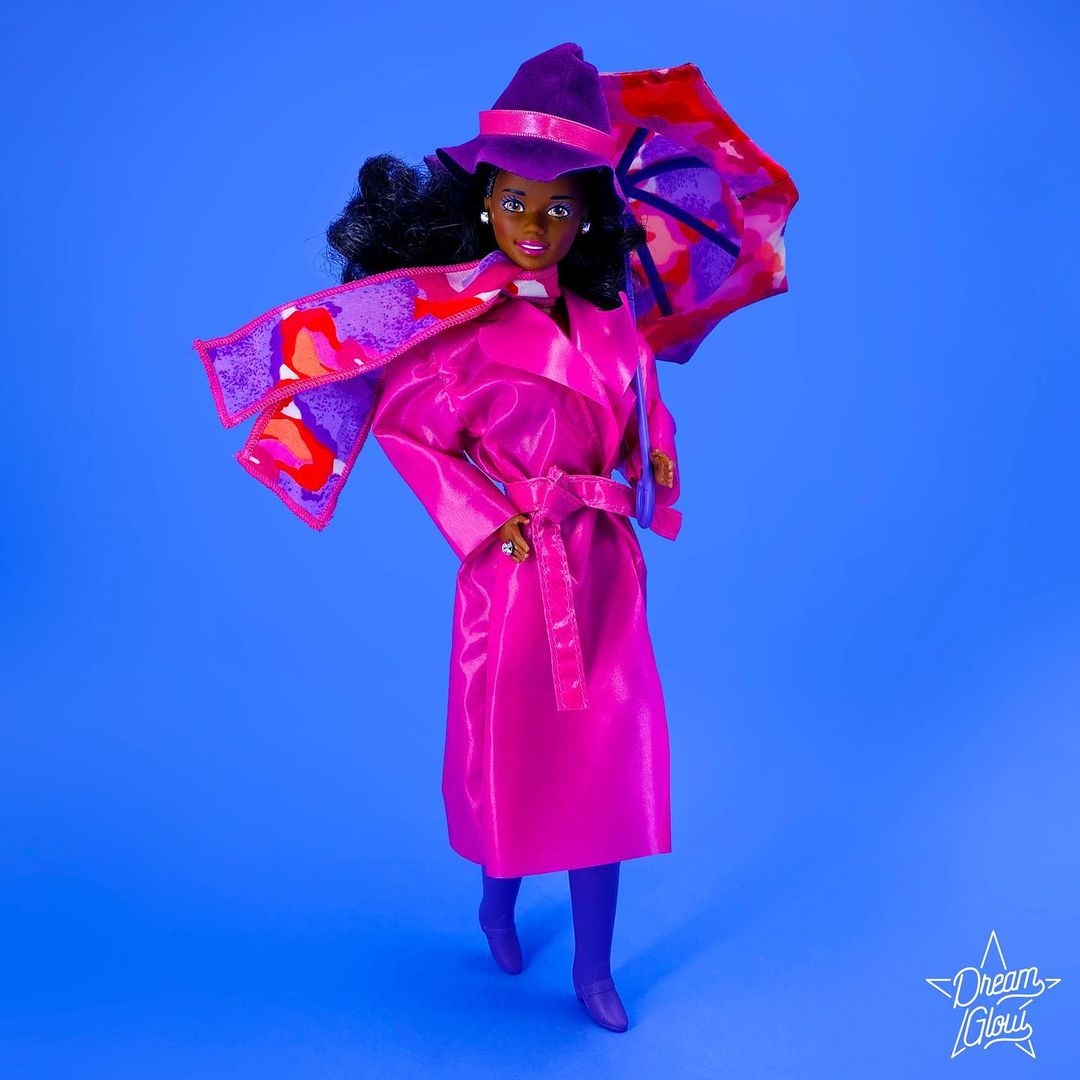
+ projection mapping surveillance
+ this person does not exist
+ combination of video
+ combination of street-view
+ collect feedback
+ further research
+ experiment
+ visual and artistic research
____________________________
Focus on the following points of feedback:
Shows an insufficient awareness of how your design process evolved and grew through experimentation, play, reflection and formulating questions towards your chosen material.
Shows an insufficient ability to make use of your experiences and gain insight into Graphic Design practice.
Shows an insufficient ability to make use of various media and means of communication in order to present and articulate discoveries and choices made in all phases of the project.
Shows an insufficient ability to research, experiment, make, document, question, and prototype in order to explore your artistic qualities.
Shows an insufficient ability to experiment with technologies, techniques, media, materials and visual language in order to further develop ideas and work.
______________________________
I will use the plusweeks to dive deeper into creative coding. I will use different tools and techniques through experimentation. I will use various data to see what I can do with it.
I want to use TouchDesigner (Python) to learn to use the program, i wish to make something interactive.
Next
+ main question
+ collect data
What option does the machine give me
→ what else can the machine create for me? I want to learn more about machine learning but unfortantley I have come to the conclussion that machine learning won't be possible in two weeks.
google colabotory
→ infinite pattern making
with google colabotory you can easily make a pattern from an image. there are limited options in changing the outcome which gives the machine (web-based) almost full control in changing the input into a pattern.
→ looks a little bit boring but is is nice and an easy pattern fix and it can be used for different concepts or projects (for example: a poster design where you use the pattern to cut out text from?)
→ dark skin women are not being recognized by ai facial recongnisation systems.
→ manupulation
can be flawed and can be biased, machine made by humans
→ through this activity, it is possible to turn a green street red which has an impact in the physical world by navigating cars on another route to avoid being stuck in traffic.
→ metadata
can be found in data of the photographs
I love the idea of collecting and collecting the same thing to get a sort of "pattern".
→ "it is important to kruithof that facial recognition systems are unable to identify or verify a person’s identity from these photos."
→ FOUND A REALLY NICE INSTRUCTION PAGE ON THE INSTRUCTION TO CODE IT!!!!!!
read instuctions tab
> > >
→ possibilities? do I have and what can I make from the the collected images/video's that I have found online? what does a picture say about a person?
→ i am not sure i want to make something else with the results.. I think it's fine like this!
machine learning techniques | pattern making
→ research
playform
→ detecting objects
with playform i was able to detect images without using code. the coding is already generated in the website it self. this is really nice and gave me
→ i would like this more if i there was movement instead of the stills of the images.
→ making
human made techniques | pattern making
→ try to make my own pattern which is hard because it is not seamless and equal.
→ i decided to make posters out of it and combine human x machine patterns together.
→ i tried several things with photoshop and used all the machine patterns.
→ used the same technique for my poster for the elective.
→ while printing I noticed that 'glossy' paper is better than 'mat' with my colors, it made the neon reflect brightly!
→ I tried other results with
→ more accurated render of generative faces, as i was wishing for to result!
the faces look real but also look really fake, instead of barbie comming human, human became barbie.
→ human found & input examples barbie dolls
→ human found & input human faces
→ machine learning output | photographs
→ machine learning output | renderd video's
artistic research | chairs from ai
→ click on image for more information
the Chair Project is a series of four AI-designed, human-manufactured chairs. The piece reverses the common roles of human and machine in the design process and industrial production, using machine learning as to stimulate to human imagination rather than for automation. Omitting the human body, the technology dreams up entirely new forms of classic seating furniture. The resulting chairs, manufactured by human hands, materialize contradictions of form and automation into an irony of AI solutionism.
training data → 600 images
artistic research | philippe starck chair from ai
→ click on text for more information
This captioned video produced by Dezeen for Autodesk reveals Philippe Starck's A.I. chair for Kartell, which the software company claims is the first chair designed using artificial intelligence to be put into production.human hands, materialize contradictions of form and automation into an irony of AI solutionism.
artistic research | samsung neon bots
→ click on image for more information
In a bid to "make science fiction a reality", Samsung's future factory STAR Labs has developed Neon, AI-powered virtual beings that look and behave like real humans. unlike artificially intelligent (AI) assistants like Siri or Alexa, STAR Labs' computationally created beings aren't programmed to be "know-it-all bots" or an interface to answer users' questions and demands. instead, the avatars are designed to converse and sympathise "like real people" in order to act as hyper lifelike companions.
artistic research | elon musk ai impant
→ click on image for more information
Tesla founder Elon Musk has launched tech startup Neuralink to build implants that connect human brains with computer interfaces via artificial intelligence. the approaching technology would see groups of minuscule, flexible electrode "threads" implanted into the human brain by a neurosurgical robot. these threads detect and record the electrical signals in the brain, and transmit this information outside the body. this has the potential to create a scalable high-bandwidth brain-machine interface (BMI) system, meaning that it connects the brain to an external device to form a brain-machine interface.
artistic research → data & design
coralie vogelaar | emotions and ai
→ click on image for more information
emotions from an Algorithmic Point of View Performance, around 20 minutes. theater light, stool, iphone with face recognition software triggering a sound scape.this work explores deconstructed facial expressions according to the Facial Action Coding System. this system forms the basis of contemporary emotion recognition software. With the help of the tracking mechanism of a mobile phone the performance demonstrates a computational approach to our emotions.
coralie vogelaar | 49% happy
→ click on image for more information
emotion recognition software analyse our emotions by deconstructing our facial expressions into temporal segments that produce the expression, called Action Units (AU - developed by prof. Paul Ekman) and deducting them into certain percentages of six basic emotion, happy, sad, angry, surprised, scared and disgusted. in this publication the artist uses this decoding system to turn the process around.
justine emard | soul shift
→ click on image for more information
justine Emard’s film Soul Shift is the promise of a possible meeting with an earlier version of oneself. Alter is a humanoid robot that awakens to the world when someone activates it. Its singularity lies in its movements, which no human has ever experienced before since they are created with extreme precision by an artificial intelligence. Sensors provide information to its neural network based on which it invents gestures within the constraints of its limbs.
justine emard | co(ai)xistence
→ click on image for more information
This artwork is lead as an experience, creating an artistic interface between data and human motion. The actor interacts, face to face, with a robot. The AI embodies a different way of understanding things, non-anthropomorphic, essentially by making decisions.this work focuses on the unstructured communication between the two entities. They interact through signals, body and spoken language with their different intelligences.
trained the machine very well
→ crazy!! looks so reall, want to make a fake tinder profile with this!
WHAT CAN I DO WITH ALL THESE MOVING IMAGES????
melting faces
→ mouse detecting
learned a new program: TouchDesigner during this Plusweeks. The movement is made by my mouse. The video of the renders generative faces are changing with my mouse. The arrow of the mouse gives the viewer a computer idea.
concept: melting faces, human x machine
→ I want to make a poster with this!
interest:
+ movement
+ interaction
posters
- don't like the font
- need to use an other format of grid
TouchDesigner
→ mouse detecting
i followed a tutorial on youtube and i used tekst to do the mouse detecting. i really enjoy the process of movement and interaction. it gives the viewer the tool to change the text, image or video.
TouchDesigner
→ image stacking
i followed an other tutorial with image stacking. these images can be used for website or advertising with text on it. it gives an overview of the faces the computer generated for me.
→ human input | new tools